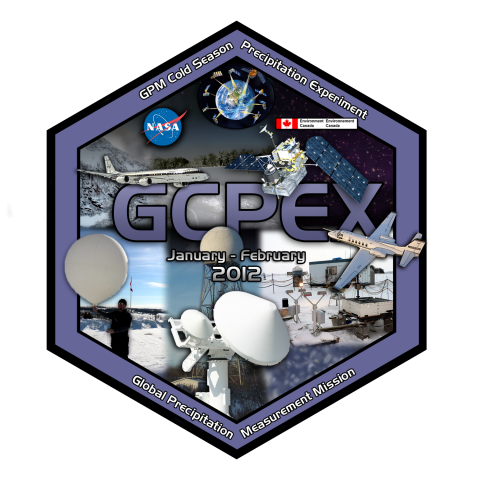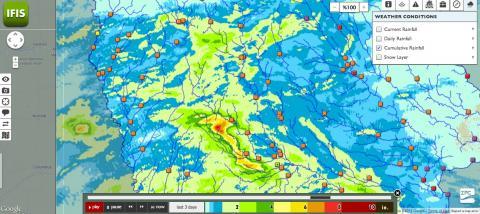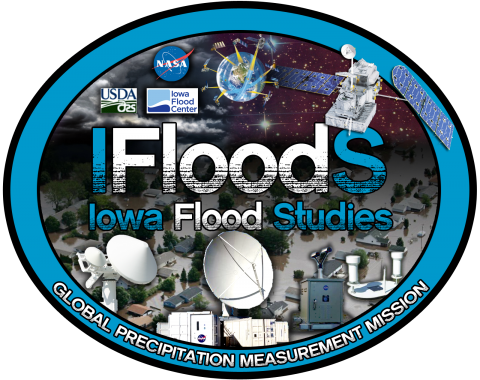GHRC has published 4 satellite simulated orbit datasets for GPM Ground Validation research as part of the Global Precipitation Measurement mission. The GPM Ground Validation Satellite Simulator Orbits Database datasets are available for several campaigns: Light Precipitation Evaluation Experiment (LPVEX), Midlatitude Continental Convective Clouds Experiment (MC3E) , Canadian Cloudsat/Calipso Validation Project (C3VP), and Tropical Warm Pool - International Cloud Experiment (TWP-ICE). This orbital database takes account for the atmospheric profiles, the cloud/rain profiles, and the detailed surface/terrain information from the Cloud-Resolving Model (CRM) database. Unique geometry and antenna gain patters of each sensor (GMI imager, GMI sounder, DPR Ku, DPR Ka_MA, DPR Ka_HS) are considered. The Orbital database consists of satellite orbit parameters, geolocation of IFOV/EFOV and satellite location, and simulated L1B/L2-like parameters in satellite orbital grid. Orbital data covers a portion of sampling right over the Cloud-resolving model (CRM) domain. All orbital data format is NetCDF3, and contains dimensions, parameter descriptions, and parameter units. Each project's data is distributed as a separate dataset. MC3E occurred in Oklahoma, USA in 2011; LPVEX took place in Finland in 2010; C3VP experiment was held in Canada in 2007; and TWP-ICE took place in Australia in 2006.


 GHRC has released
GHRC has released 
 GHRC has completed documentation for the
GHRC has completed documentation for the  The initial phase of the
The initial phase of the 



